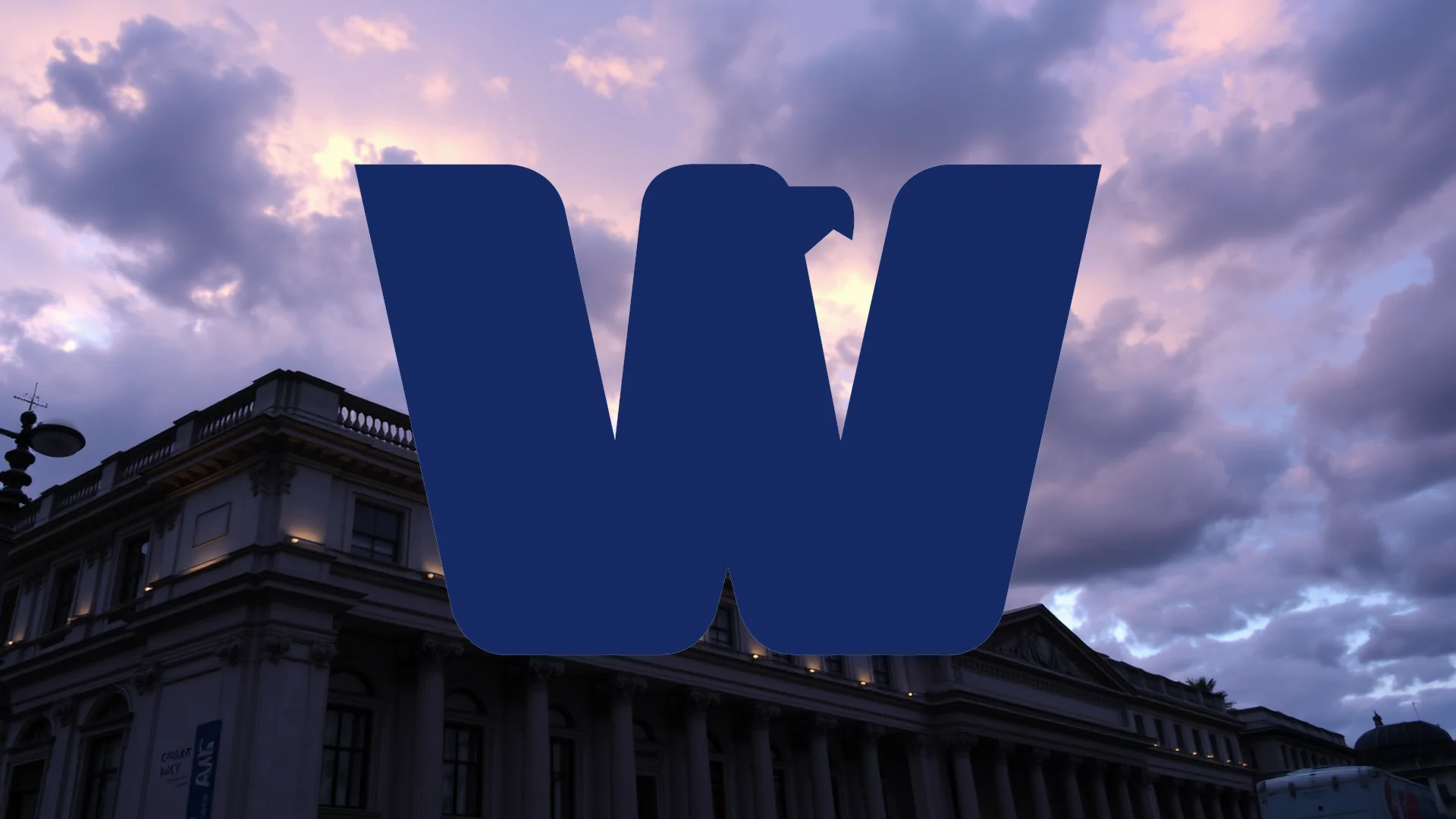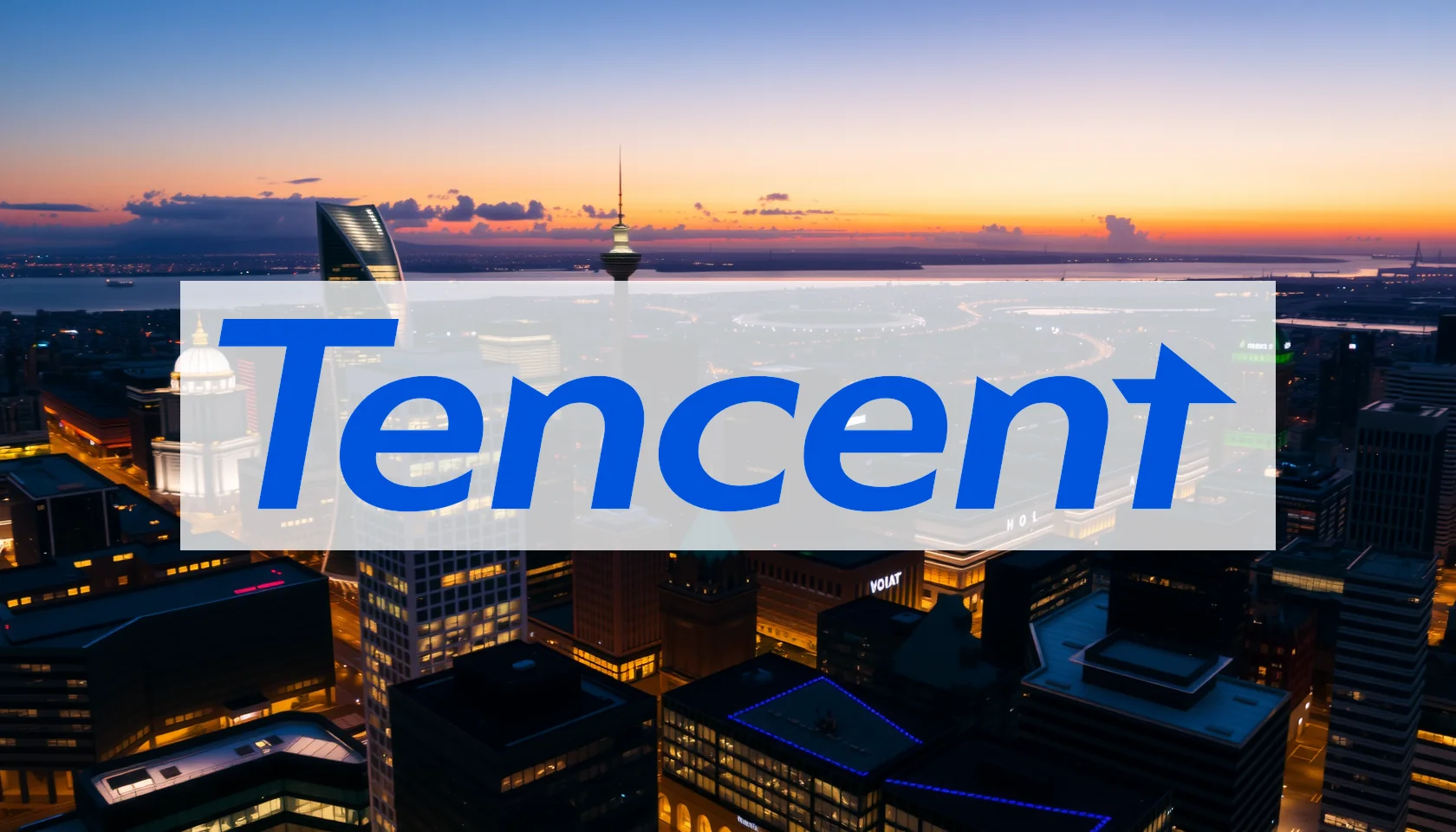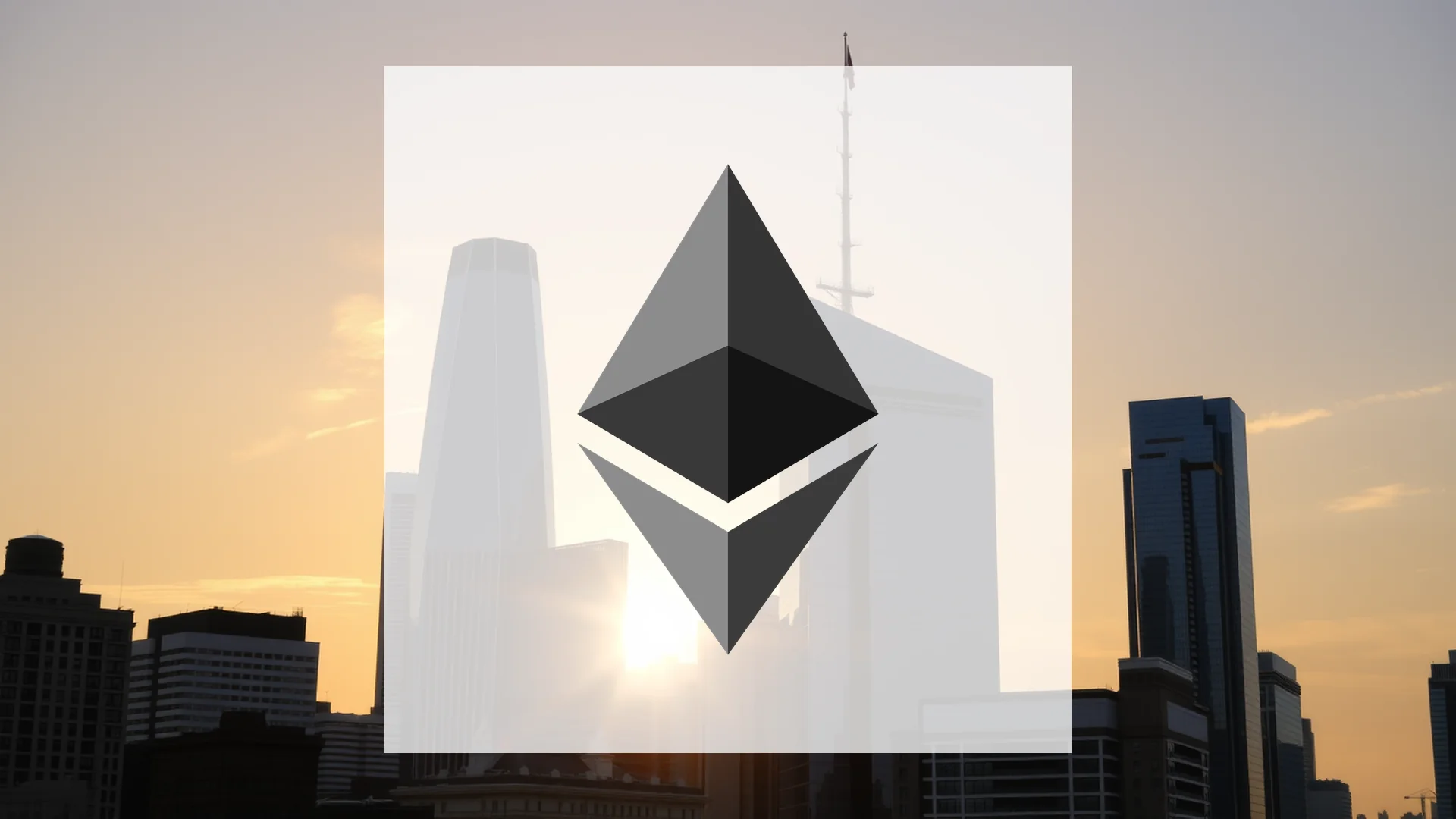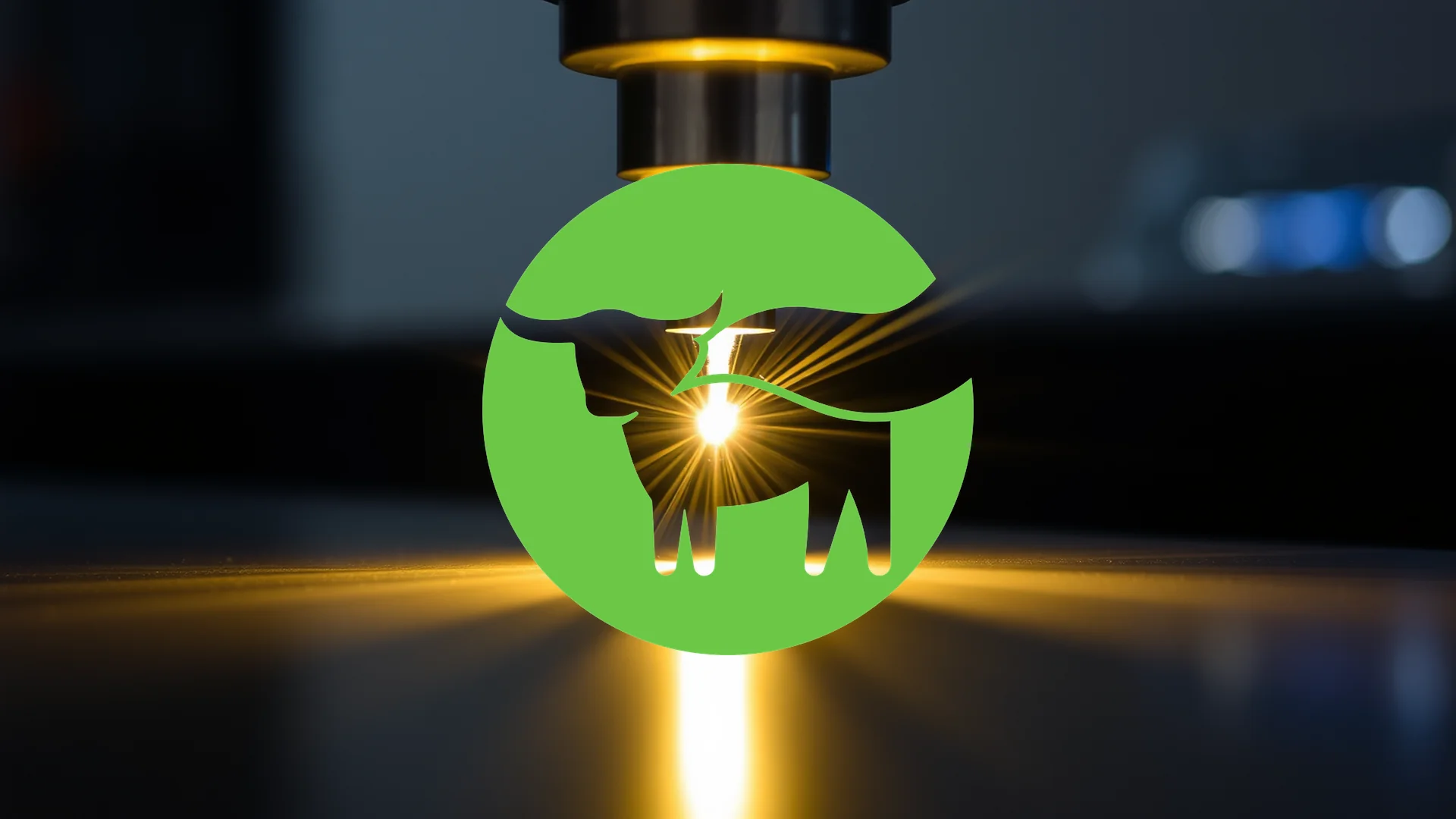A monumental $9.8 billion contract for advanced missile defense systems has propelled US aerospace and defense titan Lockheed Martin back into the spotlight. This massive award from the Pentagon arrives amid heightened global security concerns and represents a significant investment in proven defensive technology. The key question now is whether the defense contractor can translate this massive order into strong financial performance.
Unprecedented Order Volume for Missile Division
The US Department of Defense has awarded Lockheed Martin a historic contract for the production of 1,970 PAC-3 MSE interceptors and associated equipment. This single award stands as the largest in the history of the corporation’s Missiles and Fire Control business unit. The deal not only signifies the Pentagon’s deep confidence in Lockheed’s technological capabilities but also mirrors the surging global appetite for sophisticated air and missile defense solutions.
Proven Performance Drives International Demand
The PAC-3 MSE system is a combat-tested platform, demonstrating effectiveness against a complex array of threats including ballistic missiles, cruise missiles, hypersonic systems, and aircraft. “Recent operational performance has made this system an indispensable capability for the US and its allied partners,” emphasized Jason Reynolds, a Vice President at Lockheed Martin. In anticipation of rising demand, the corporation began scaling its production lines nearly two years ago and is on track to deliver more than 600 interceptors for the first time in 2025.
The strategic importance of this technology is further highlighted by its adoption. A total of 17 nations currently rely on PAC-3 systems, positioning Lockheed Martin advantageously within a global defense market that is seeing increased budgetary allocations.
Should investors sell immediately? Or is it worth buying Lockheed?
Solid Fundamentals Amid Recent Setbacks
Lockheed Martin’s most recent quarterly report revealed certain challenges, including $1.6 billion in program losses. Despite these headwinds, the company’s fundamental outlook remains strong. A formidable backlog of $166.5 billion provides considerable visibility and stability for future planning. This position is further reinforced by additional contracts, such as a $900 million award for Javelin anti-tank systems, which will support near-term performance.
Even after posting difficult Q2 results, management has reaffirmed its full-year financial guidance. The company also continued its commitment to shareholder returns, distributing $1.3 billion in dividends. CEO Jim Taiclet pointed to increased demand for the company’s key, combat-proven programs as a central driver for accelerated production.
The true test will come on October 28th. Lockheed Martin’s upcoming earnings announcement must demonstrate how these colossal contracts are beginning to materialize on the company’s balance sheet.
Ad
Lockheed Stock: Buy or Sell?! New Lockheed Analysis from December 20 delivers the answer:
The latest Lockheed figures speak for themselves: Urgent action needed for Lockheed investors. Is it worth buying or should you sell? Find out what to do now in the current free analysis from December 20.
Lockheed: Buy or sell? Read more here...











